
Dec 29 2021
10 min read

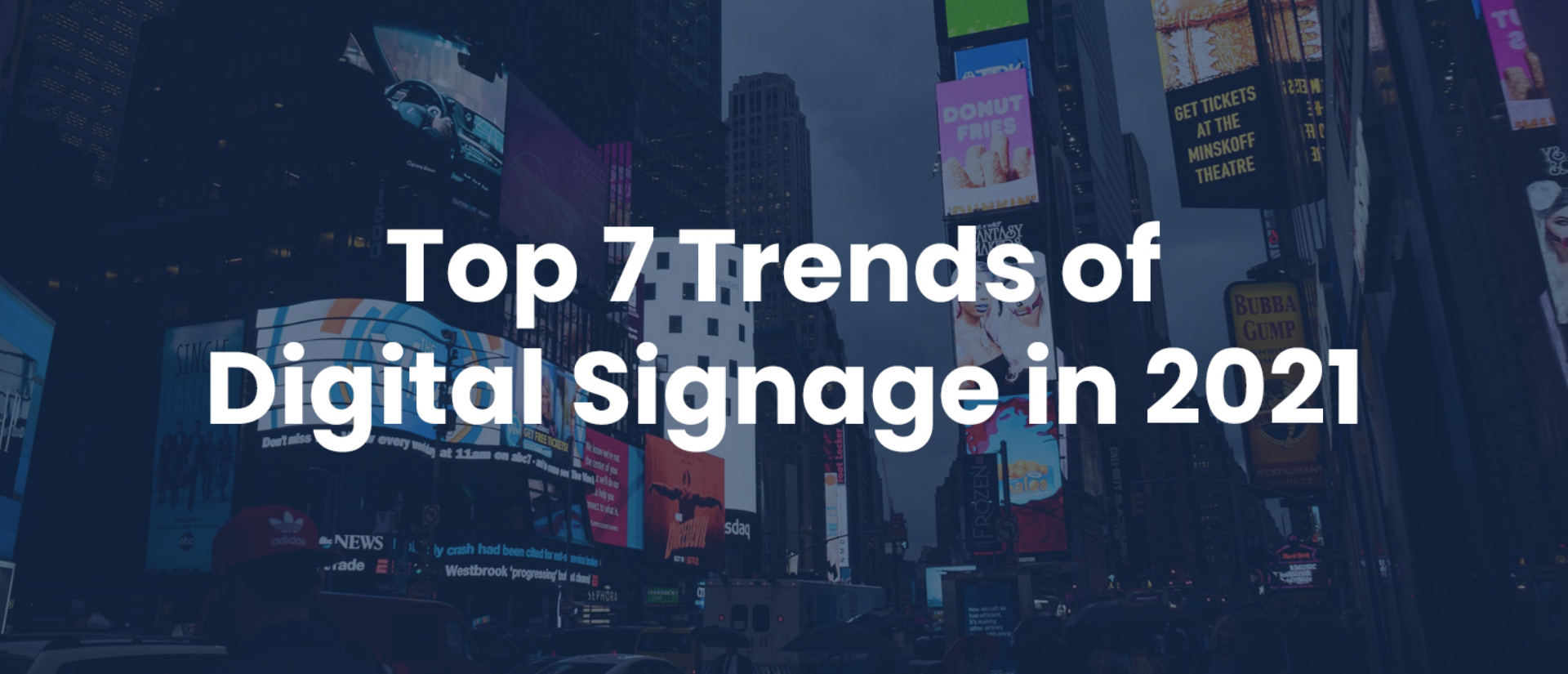
Jan
What is the most resilient parasite? Bacteria? A virus? An intestinal worm? An idea. Resilient...highly contagious.
-Inception
Now that we have left behind the bizarre year of 2020, this popular quote from the movie ‘Inception’ makes more and more sense. Looking back, we now realize how the world has changed its living habits. And, it is safe to say here that these habits will persist even after we recover from the global pandemic situation.
How are we so confident about that?
Because the new normal needs have paved the way for new and more optimized business ideas. And didn’t we just quote, jolly good ideas are resilient!
The pandemic world needs have fast-tracked technological refinement and given businesses in every domain a chance to try out even their most impulsive fantasies. And now with the results in hand, it has been realized by businesses and consumers alike that the altered living habits are not so bad after all.
So, if 2020 was the year of invention, 2021 is surely going to be year of implementation. Whether it’s a B2B or B2C business, technology will be at the forefront of all marketing and communication strategies.
Instead of spending tons of words, let’s begin with some statistics:
The digital signage market is predicted to be of $29.63 billion value by 2024.
What it means: Businesses are most definitely finding optimistic results from digital signage.
The digital signage software market will have a higher estimated growth rate than the digital signage hardware market.
What it means: Businesses will be more focused on implementing advanced solutions.
45.9 % of businesses consider customer experience (cx) as their top priority for the coming five years.
What it means: Your competitors will look for every possible way to communicate and engage customers better. Digital signage is a key tool for that.
The modern digital signage solutions not only entertain customers through dynamic content, they have, in fact, acquired the potential to influence consumer decisions and actions.
Sometime around the end of 2019, the buzz was that touchscreen digital signage will be the next big thing.
Well, not anymore.
In the wake of the Coronavirus pandemic, touchscreens went from ‘yay’ to ’nay’ faster than the blink of an eye. As more and more people turn hygiene-conscious, businesses are now looking for innovative touchless solutions to optimize customer experience (cx). Touchless interactions with digital screens and kiosks can be facilitated by advanced technologies like:
For example, banks, airports and retails can deploy advanced digital queue management solutions on their premises that can allow the customers to use their smartphones and generate virtual queue tickets in a fully contactless manner. All they have to do is scan a unique QR code from a kiosk and within seconds, their virtual tickets will land directly on their mobile phones.
Similarly, self-help kiosks can be used for faster check-outs, faster ordering and for more personalized information dissemination. Touchless kiosks have advantages for both consumers and businesses alike. While business can optimize human resource deployment, the end users get a more time-efficient and immersive experience.
And that is why, the kiosk market is projected to grow rapidly in the coming years. According to Fortune Business Insights, the kiosk market size will expand to USD 46.25 billion by 2027.
Digital signage has come a long way from being just a dumb large screen flashing ‘SALE’ to attract customers. It is moving towards a more functional role. Be it through gamification or productivity-related activities.
Let’s explain with the example of digital discount coupons. Besides showing promotional and entertaining content, digital signage can also be used to give away discount coupons for a customized or randomized set of consumers. A large digital screen strategically placed on the store window is giving away a 10% digital discount on any product to the first 50 customers who scan the QR code on the screen. Customers passing by the store may not need the product immediately, but they will still be tempted to avail the discount as it offers them the joy of being a smart shopper. However, once we have a discount coupon in our pockets, how many of us really let it go for a waste?
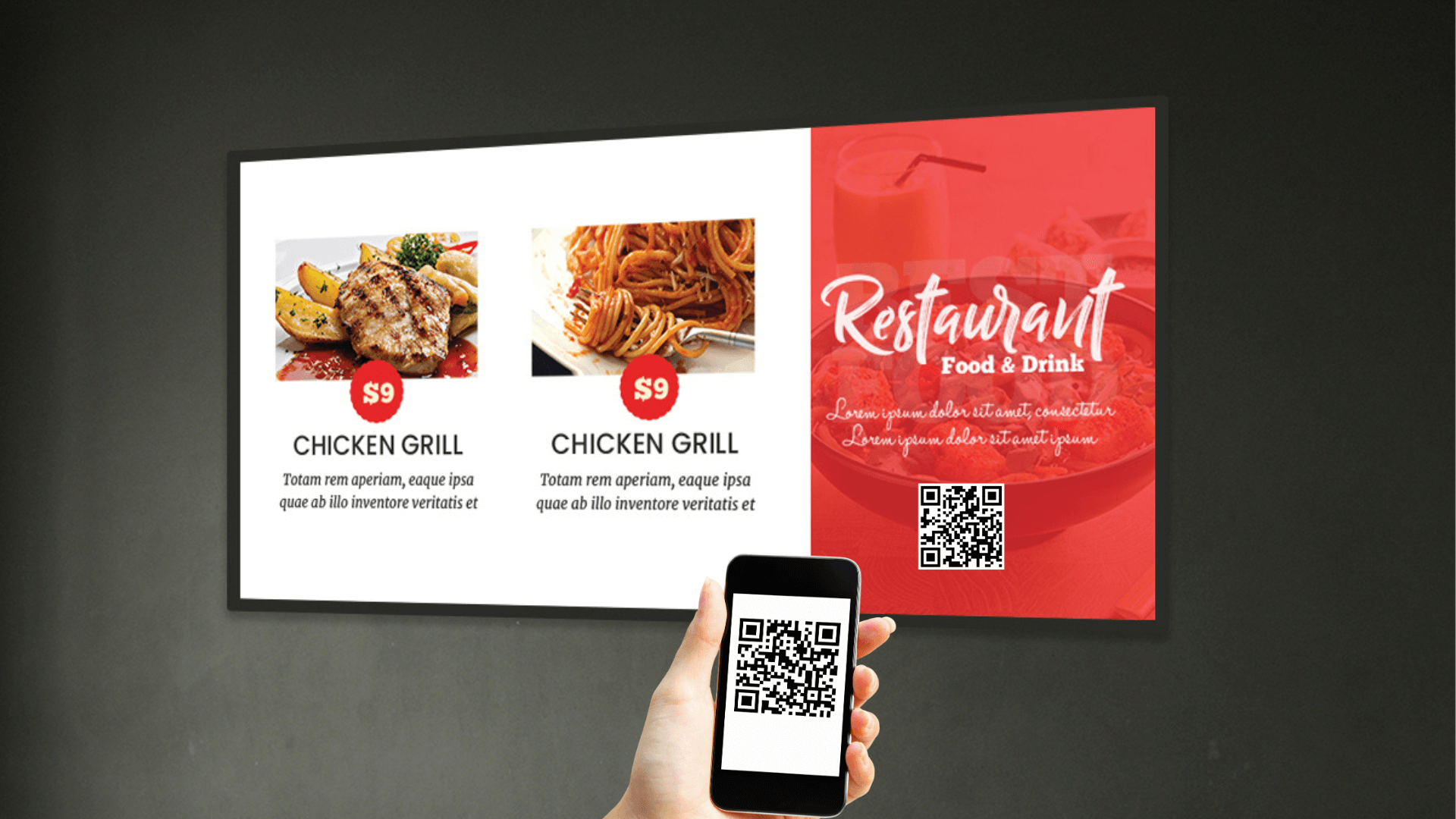
Digital signage can also be made to work double shift as a signage and a gaming console. In a restaurant or bar setting, what if two or more players could pair their smartphones to a large digital signage to participate in a game that will be displayed to all in real-time? Even better, what if the winner could get one drink free ! Sounds fun, doesn’t it?
One doesn’t have to be a marketing guru to realize that these kinds of heightened engagement tactics can significantly shoot up sales and add to the popularity of a brand.
Internet of Things (IoT) refers to an ecosystem of wirelessly-connected “things” that are capable of sharing data and influencing each other’s activities. These things can be smart appliances like digital screens, refrigerators, cameras, security systems, smartphones, smartwatches, etc. The data sharing across the ’things’ within an IoT is facilitated by the software, sensors, WiFi and other signaling technologies linked to the appliances. So, the IoT is a hybrid of different technologies like machine learning, AI, automation, etc.
IoT finds useful results particularly in organizations or establishments with many co-dependent departments, for example in a hospital setting. Due to a workforce crisis, doctors and nurses are often unavailable to attend patients in case of sudden emergency situations like slip and fall, declining heart rate, post-surgery issues, etc.This problem can be easily solved through IoT. Several digital signage screens throughout a hospital can be connected wirelessly with every patients’ vital monitoring devices or bedside emergency buttons. So, in the case of any emergency, the alert is displayed across all the digital signage screens placed throughout the hospital premise. This ensures immediate attention to high priority alerts and quick response from any capable healthcare professional who is at the nearest proximity.
In a retail setting, IoT can be used differently. For instance, using a top digital display software, several store displays can be connected to the store’s inventory ledger. As a result, the customers can view the quantity of any given product available in the store in real-time. Every time, a product is completely sold off, it gets updated across all the digital screens in the store. Besides offering customers the ‘fun element’ of watching a product count drop in real-time, this IoT-enabled system also becomes useful in case of urgent requirements or bulk purchase of essential products like groceries, books, medicines, etc.
The crux of the matter is, there are endless possibilities to play with the features of IoT.
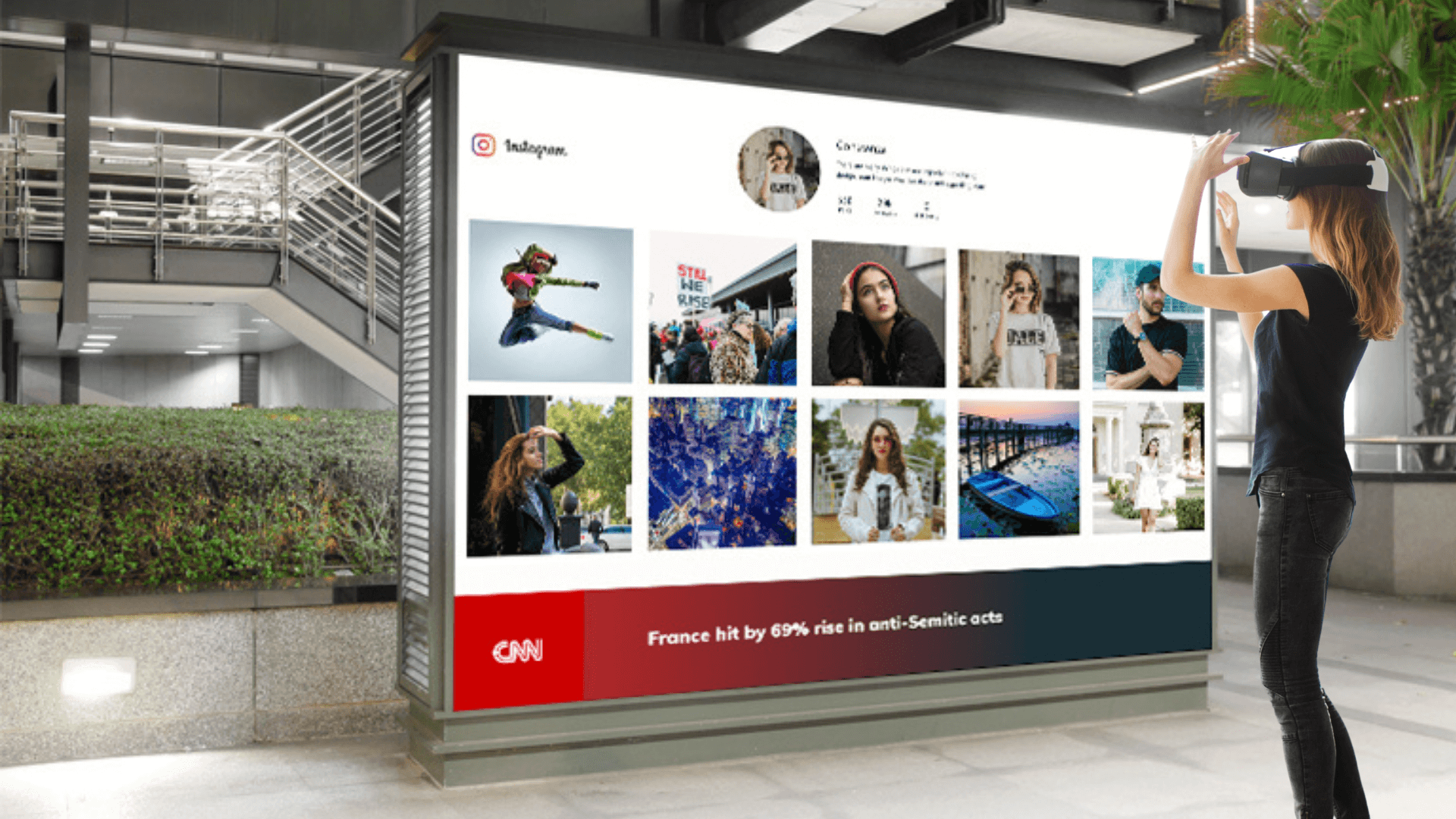
Augmented Reality (AR) and Virtual Reality (VR) are still cutting edge. For this very reason, most brands are in a hurry to adopt this technology and use it as their USP. Many Fortune500 businesses are experimenting with AR and VR, and by 2030, the the global AR/VR market has been forecast to reach $1,274.4 billion.
The immersive experience of trying out a product without even physically touching it or walking down a house which is not real has immense potential to draw in customers and increase sales, simply because of the ’excitement’ factor. Therefore, AR/VR can be a game-changer when it comes to making digital signage more personalized, interactive and relevant.
AR/VR has been shown to give exceptional results particularly in real estate, e-commerce, retail, education, tourism, healthcare and manufacturing industries. For example, the Italian brand Gucci has introduced an app called ‘Gucci Try On’ that uses AR to give an immersive experience of virtually trying out Gucci shoes.
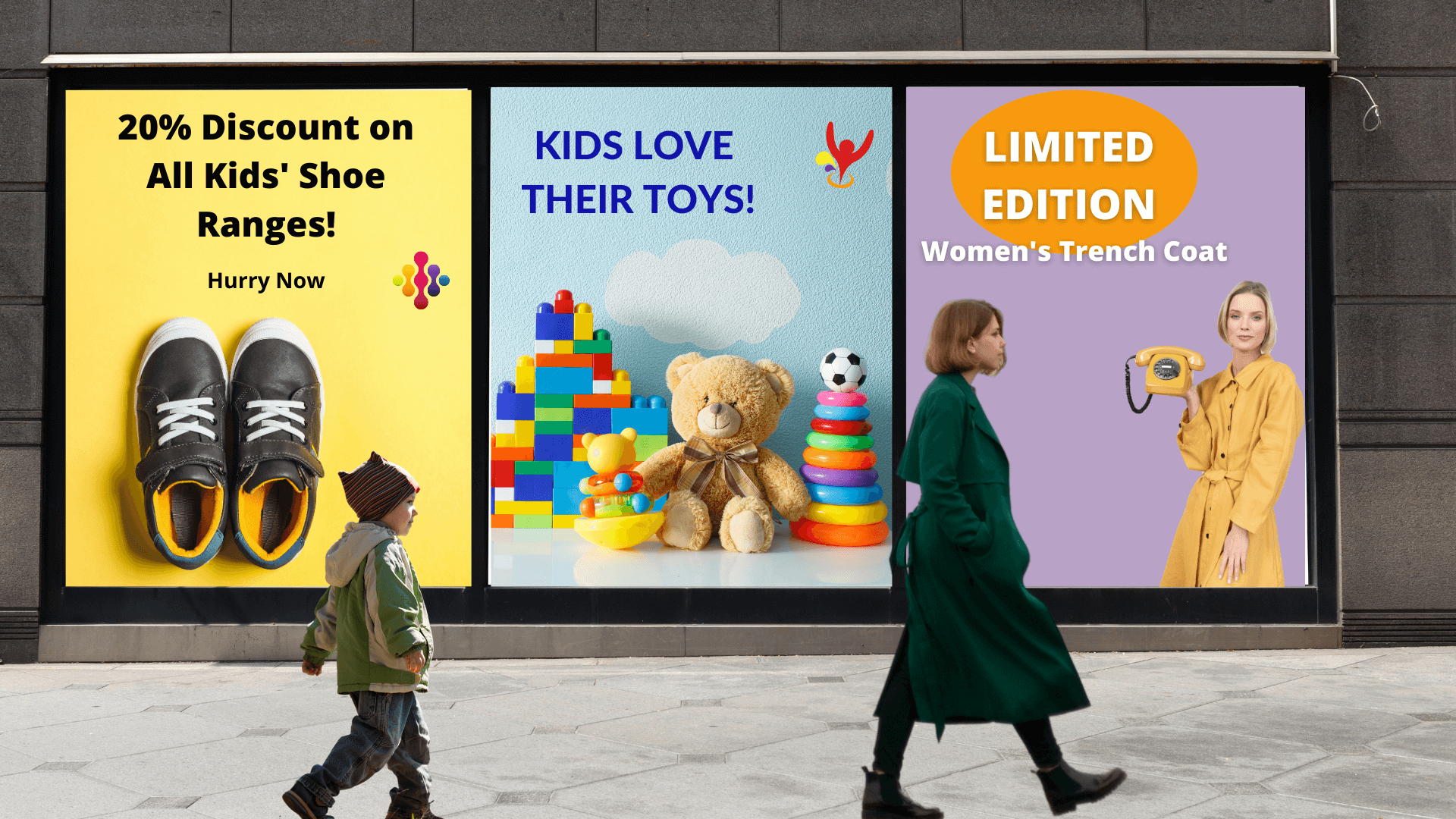
Imagine walking down a road on a fairly hot summer morning. The large digital billboard on the signal crossing plays an ice cream commercial, then a sunglass commercial and a cold coffee commercial. Beside playing the commercials, the smart digital signage also shows you the nearest location of the ice cream parlor, sunglass store and coffee shop along with the real-time traffic congestion, bus-timings of those routes and ETA to the store in question.
Yes, you guessed it right! The screens are not playing those commercials on a hot summer just by coincidence.
These smart digital signage solutions are designed to understand the needs of their target consumer base and advertise products and services accordingly. As the consumer needs change, so do the advertisements. This is called a trigger-based advertisement. This type of digital signage solution can act as a handy marketing tool as it offers much greater personalization. As a result, the customers begin to see brands as ‘problem solvers’ who magically come up with offers at the right time in the right place!
At the core of it, what distinguishes humans and machines?
The answer would be: A human’s spontaneous sense of perception and judgement.
Let’s help you understand with an example. Have you ever been to a clothing store, where the human staff comes up to you and suggests you kids’ fashion brands when you are clearly an adult? Most likely, the answer will be ‘heck, no!’. That is because, using his/her senses of perception and judgement, the human staff is able to distinguish the looks, behaviors and needs of an adult and a kid.
Now, with the help of Artificial Intelligence (AI), machines are doing the same. Facial recognition algorithms can detect demographic details such as age, gender, as well as other details like clothing, accessories, mood, purchase history, shopping patterns, etc. and analyze a human’s profile with impressive efficiency and precision.
For instance, if a child is passing by a departmental store window that has AI-powered digital signage, the smart digital signage will identify the child as a child from his/her height, behavior, walking patterns, etc; conclude that a child might need toys (and not barbecue sauce!) and based on that judgement, it will display toy products and promotions.
One of the ways, AI can be used excellently is via digital signage for the food & beverage industry. Everyone has their favorites when it comes to delicacies. People often like to stick with their go-to dishes while ordering. In such a scenario, AI-powered digital menu boards can be used to show more personalized discount offers based on the individual customer’s previous order history.
Learn how to create professional-looking digital menu board designs for free and without any expert guidance. Click here.
There shouldn’t be a doubt as to why data analytics will be important for any business in 2021. The Covid-19 pandemic has shifted many established trends and patterns for both businesses and consumers alike. In this situation, more and more data is required to assess those shifts in patterns.
Digital signage can be easily equipped with data analytic solutions to generate daily, weekly and monthly reports.
These are some of the umpteen ways data analytics can help businesses and organizations to optimize resource allocation and chalk out a much more effective operational design.
Digital signage screens are now not only meant for displaying predefined images or videos but also dynamic, contextual and real-time contents. Over the years, we have seen good progress in integrating digital signage with social media, RSS feeds, news feeds and weather and many other useful applications. Now we are witnessing a piece of quite complex information dissemination through digital signage which is dynamically created by integrating with several back-end systems targeted for a specific display.
For example, a bus station signage displaying real-time arrival/departure information based on the GPS location of the bus and Automatic Vehicle Location System. At the same time, it is playing a trigger-based commercial. At the same time, the digital signage is acting as a bus-ticket generator. Simultaneously, it is acting as a wayfinder application and so on.
Modern digital signage solution providers like Pickcel are capable of molding digital signage to serve any purpose in almost any industry.
Take complete control of what you show on your digital signage & how you show it.
Take complete control of what you show on your digital signage & how you show it.
Start Free Trial Schedule My Demo
Dec 29 2021
10 min read
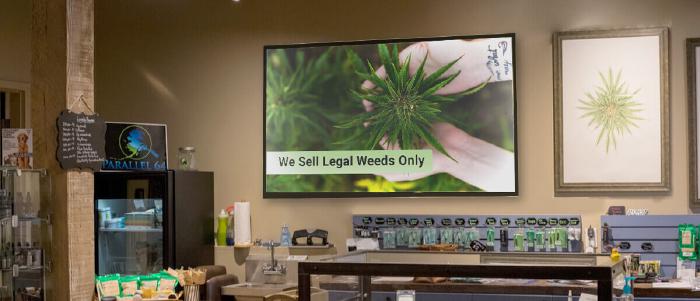
Dec 28 2021
6 min read

Dec 24 2021
7 min read
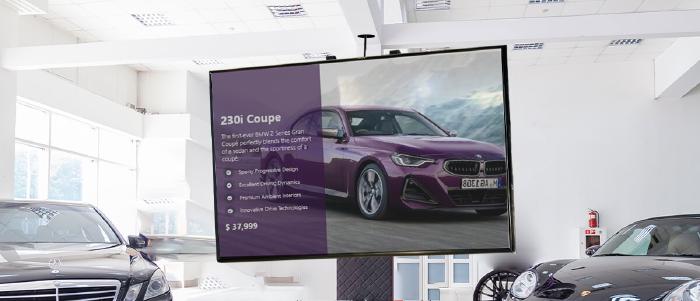
Dec 17 2021
9 min read